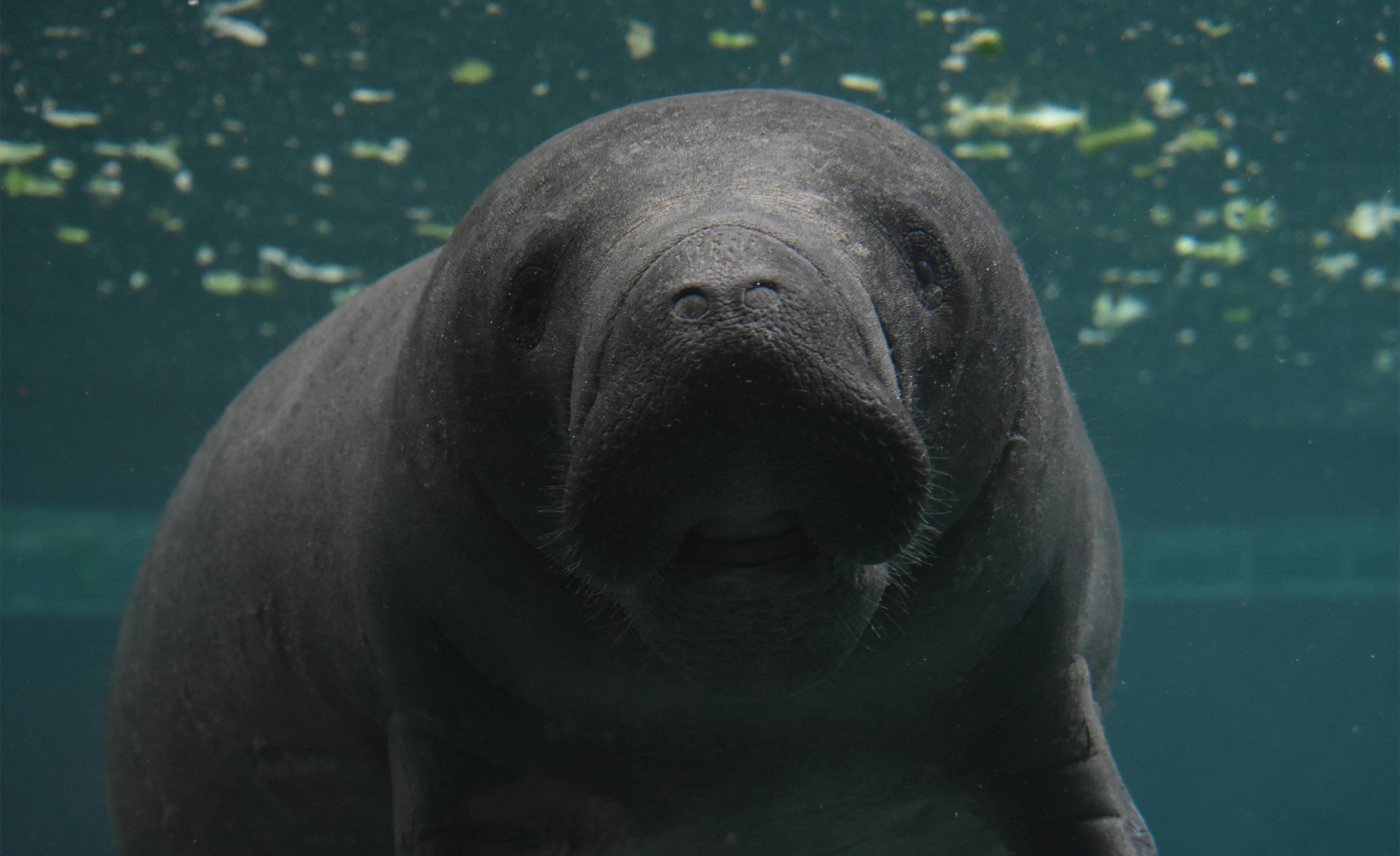
From Rivers to Reserves: Protecting the Endangered Amazonian Manatee
The Amazonian manatee, a gentle giant of the Amazon River, faces numerous threats that have pushed it to the brink of extinction.
This blog explores the journey of the Amazonian manatee from its natural river habitats to protected reserves, highlighting the efforts to conserve this endangered species.
The Amazonian Manatee: An Overview
The Amazonian manatee (Trichechus inunguis) is the largest freshwater mammal in South America, growing up to 3 meters in length and weighing as much as 500 kilograms.
These herbivorous creatures are known for their slow movements and peaceful nature, often referred to as “river cows.”
They inhabit the murky waters of the Amazon River and its tributaries, feeding on aquatic vegetation.
Threats to the Amazonian Manatee
Despite their serene existence, Amazonian manatees face significant threats.
Historically, they were hunted extensively for their meat, oil, and hides.
Although hunting was banned in 1967, illegal poaching remains a critical issue.
The meat of the Amazonian manatee is still highly valued in some regions, leading to continued hunting.
Another major threat is habitat destruction.
Deforestation, dam construction, and pollution have severely impacted the Amazonian manatee’s habitat.
The construction of dams disrupts the natural flow of rivers, affecting the availability of food and suitable habitats for these creatures.
Additionally, mercury pollution from illegal gold mining contaminates the water, posing a severe health risk to the manatees.

Conservation Efforts: From Rivers to Reserves
To combat these threats, various conservation initiatives have been implemented.
One of the most significant steps has been the establishment of protected reserves.
The Piagaçu-Purus Sustainable Development Reserve in the state of Amazonas is a prime example.
This reserve provides a safe haven for the Amazonian manatee, where they are protected from poaching and habitat destruction.
Conservationists have also focused on rescuing and rehabilitating orphaned or injured manatees.
These manatees are often victims of poaching or accidental capture in fishing nets.
Rehabilitation centers provide care for these animals until they are healthy enough to be released back into the wild.
Monitoring of released manatees has shown promising results, with some individuals even giving birth in the wild.
Community Involvement and Education
Community involvement is crucial for the success of conservation efforts.
Local communities play a vital role in monitoring manatee populations and reporting illegal activities.
Conservation organizations work closely with these communities to educate them about the importance of protecting the Amazonian manatee and the broader ecosystem.
Environmental education programs aim to raise awareness about the threats facing the Amazonian manatee and the steps that can be taken to protect them.
These programs often involve school visits, community workshops, and media campaigns to spread the message of conservation.
The Role of Technology in Conservation
Advancements in technology have also played a significant role in manatee conservation.
Researchers use radio tracking to monitor the movements of manatees in the wild.
This technology provides valuable data on their behavior, habitat use, and migration patterns.
Such information is crucial for developing effective conservation strategies.
Drones and satellite imagery are used to survey remote areas and detect illegal activities such as poaching and deforestation.
These tools enable conservationists to respond quickly to threats and take necessary actions to protect the manatees.
Challenges and the Way Forward
Despite the progress made, significant challenges remain in the conservation of the Amazonian manatee.
Funding for conservation projects is often limited, and enforcement of anti-poaching laws can be challenging in remote areas.
Additionally, climate change poses a new threat, with increasing droughts reducing water levels and exposing manatees to greater risks.
To ensure the long-term survival of the Amazonian manatee, it is essential to continue and expand conservation efforts.
This includes securing more funding, strengthening law enforcement, and enhancing community engagement.
International cooperation is also vital, as the Amazon River basin spans multiple countries, requiring a coordinated approach to conservation.
Conclusion
The journey of the Amazonian manatee from rivers to reserves is a testament to the resilience of this species and the dedication of conservationists.
By protecting their habitats, rescuing and rehabilitating individuals, and involving local communities, we can ensure that the Amazonian manatee continues to thrive in the wild.
The fight to save this gentle giant is far from over, but with continued efforts, there is hope for a brighter future for the Amazonian manatee.
